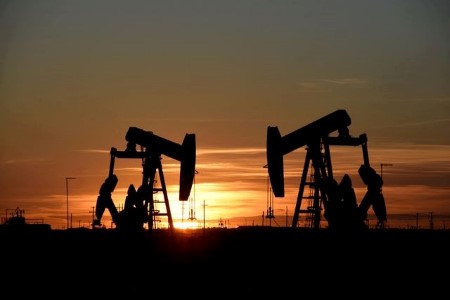




Monthly Economic Update: One for the road
 DOWNLOAD
DOWNLOAD

Inflation Update: Still low, still slow
 DOWNLOAD
DOWNLOAD

Philippines Trade Update: Exports momentum continues
 DOWNLOAD
DOWNLOAD


Oil rises to highest in 2023 on tight supply expectations

HOUSTON, Sept 14 – Oil prices climbed on Thursday to their highest this year, as expectations of tighter supply outweighed worries about weaker economic growth and rising US crude inventories.
Brent crude rose USD 1.82, or 1.98%, to settle at USD 93.70, after touching USD 93.89, its highest since November 2022.
US West Texas Intermediate crude (WTI) gained USD 1.64, or 1.85%, to USD 90.16, closing above USD 90 for the first time since November.
On Wednesday, the International Energy Agency said Saudi Arabia and Russia’s extended oil output cuts will result in a market deficit through the fourth quarter. Prices briefly pulled back on a bearish US inventories report before resuming their climb.
“That this genuinely bearish stock report only led to a brief temptation to sell speaks volumes and underlines the market mentality,” said Tamas Varga of oil broker PVM.
Both benchmarks remained in technically overbought territory.
Hedge funds have been buying crude oil futures for the past two or three weeks as “fundamentals continue to get stronger, driven mostly by heavy demand for both gasoline and diesel,” said Dennis Kissler, senior vice president of trading at BOK Financial.
A day before the IEA report, the Organization of the Petroleum Exporting Countries (OPEC) issued updated forecasts of solid demand and also pointed to a 2023 supply deficit if production cuts are maintained.
“The market is getting increasingly nervous about the sufficiency of supply,” said John Kilduff, partner at Again Capital.
“Russia and Saudi are acting in a way that could materially constrain supplies as we get into the peak northern hemisphere demand season, for the winter period,” Kilduff added.
The European Central Bank raised its key interest rate to a record peak but signaled this was likely its final move to tame inflation.
Investors see a 97% likelihood the US Federal Reserve will hold interest rates steady in its next meeting on Sept. 20, according to the CME FedWatch Tool.
Meanwhile, China’s central bank said it would cut the amount of cash that banks must hold as reserves for the second time this year to boost liquidity and support the country’s economic recovery.
China is the world’s second-largest oil consumer and its economic recovery has remained choppy, worrying markets about demand.
(Reporting by Arathy Somasekhar in Houston, Alex Lawler in London; Additional reporting by Robert Harvey and Natalie Grover in London and Jeslyn Lerh in Singapore; Editing by Jane Merriman, David Gregorio, and David Evans)
This article originally appeared on reuters.com





 By Reuters
By Reuters